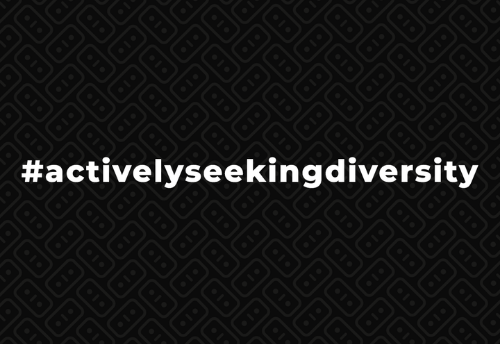Back to Basics: Social Media and the Audience-Marketer Connection - emfluence Digital Marketing
“Social media has truly caused a massive shift in the world of marketing.”
I’m sure you’ve heard this same sentiment repeated a thousand different ways, so much so that you may even be tired of it. However, it’s stuck around because it still rings true: social media has become a staple of today’s marketing landscape and forever changed the way we communicate with our audiences. It’s given a voice to obscure brands, revolutionized the power held by consumers, and changed forever the way that marketers interact with and gather data from users.
In the world of marketing, we often hyper-focus on the nitty-gritty of our data points—increases in direct brand engagement, how good social strategy can lead to more traffic on our brand websites, how video and influencer marketing can increase visibility, etc. But when it comes to projecting our strategies into the future, it’s always good to return to the foundations of why and how we do what we do. With social media and its effect on marketing, that means looking at connections.
At the core of the social media revolution is a profound shift in the connection between users and marketers. From the perspective of users, that connection has included direct access to brands and a newfound ability to hold brands responsible for their actions. From the perspective of marketers, massive opportunities have appeared around newfound access to users and their thoughts, along with an explosion in the volume and effectiveness of User Generated Content (UGC).
User Access to Brands
Before social media, users were extremely limited in their ability to directly discuss, contact, criticize, praise, or otherwise engage with the brands they care about. Social media has allowed users to connect directly with brands, increasing both their access to the brand and the brand’s access to them. It has allowed brands to become more than just a logo—brands now have personalities and voices through which marketers engage with audiences online, and these personalities help to build communities that are engaged, active, and in the best case, loyal.
This access also puts brands increasingly at the whim of the user. I would argue, as I believe most marketers would, that this has a net positive effect. Brands and marketers must now ensure they are serving their users with the best products, content, and services possible, or risk their products becoming nothing more than the next meme. When looking at strategy, it’s important to remember that this access and these communities should be a vital part of every media campaign. Effective leveraging of these direct connections with users and communities is a common differentiator between powerful and shallow social strategies.
Users and Brand Responsibility
Never before has it been more important for brands to make their values clear. Direct consumer access to brands has brought to the forefront the importance of standing for what your audience cares about. Whether it be social, political, environmental, or otherwise, brands need to make their missions and values clear for their audience.
Of course, for marketers, this can be a headache. Oftentimes, taking a stance on something can stoke fears of alienating certain audiences. However, there are many examples throughout the marketing world that demonstrate the danger of attempted neutrality. With that in mind, good social and content strategy will often reject neutrality, and take into account the values of both your brand and your users to create an accessible value system that exemplifies what your brand stands for.
Marketer Access to Users and Their Thoughts
For marketers, social media has truly changed how we think about our audiences. We now have the ability to read the minds of our communities as they post their thoughts online. They tell us what they like and what they don’t, what works and what doesn’t. We can find out what our audiences want by asking them directly, and look to the way they’ve organized themselves to synthesize groups to target. Social media has given a voice to the consumer, and that voice is a massive asset to marketers.
Any powerful social strategy will take into account the thoughts and self-categorizations of the audience it wants to target. In many cases, good marketing doesn’t mean marketing to a group you’ve created, but instead creating content a self-made group was already looking for.
The Explosion of User Generated Content
User Generated Content is a must for almost all brands, and it continues to grow in popularity and impact in the market. Why? Because it promotes consumer agency. When consumers have the ability to control their relationship with a product or brand, they and those they share it with become inherently more connected to it. Brands that effectively utilize UGC see increases in brand loyalty, free advertising, and brand energy. In addition, by uplifting, supporting, or incentivizing UGC, marketers can positively impact the perception of their brands while continuing to build on the consumer-brand relationship.
Good social strategy involves speaking with your audience, not at them, and UGC is a great way to promote this. Build on your relationships with your audiences by giving them a voice and a platform to share their experiences with your brand on their own terms, and you’re sure to see the success and impact of your campaigns increase.
This content was originally published here.

